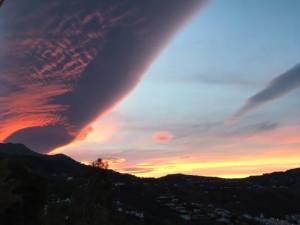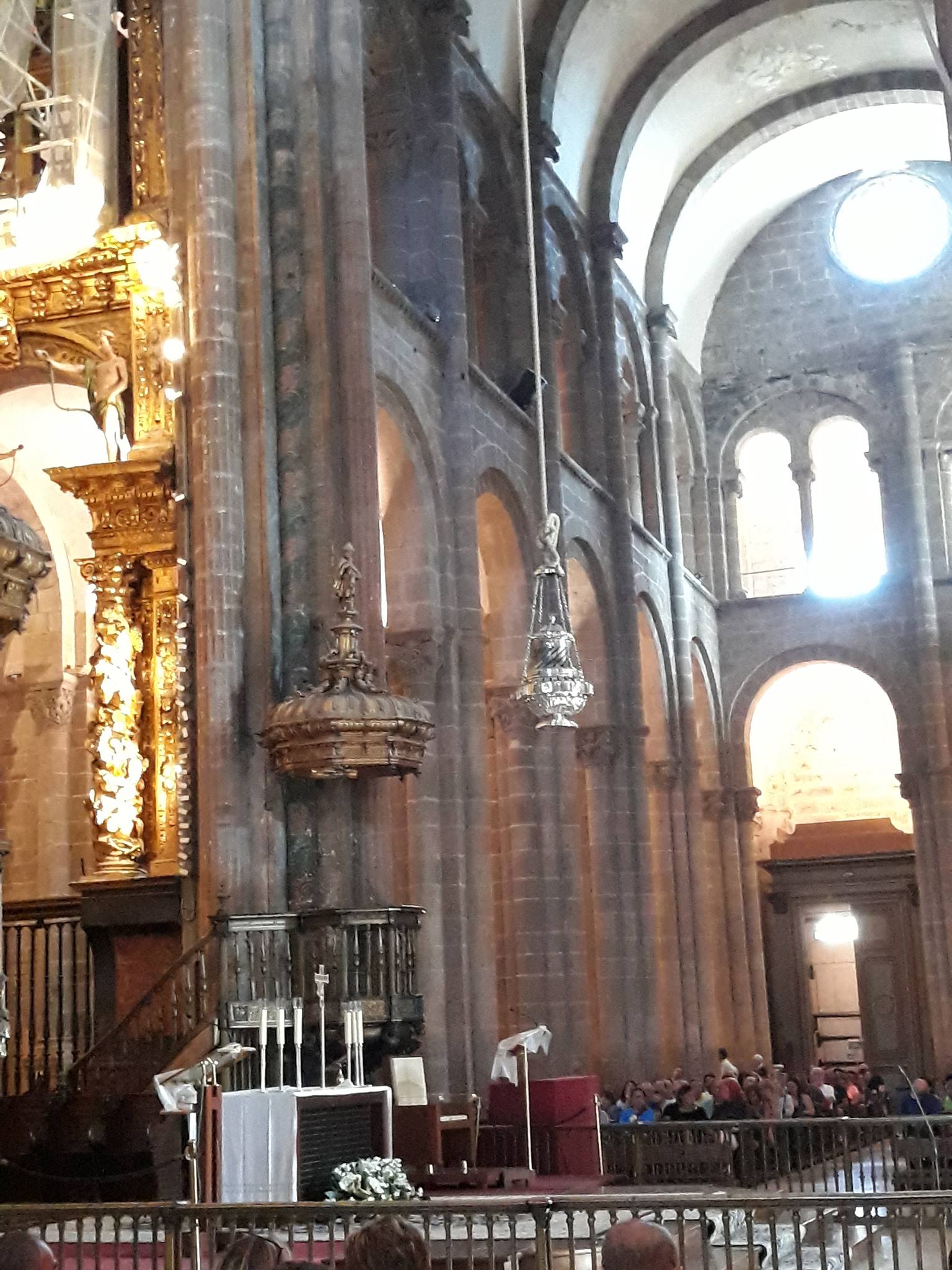I meet so many people who have a negative image of God. It seems to me that this negative image is a reaction to the harshness they experience from “church” and the fact that they do not feel welcome within its doors. And so, when they leave the Church, they leave God. They focus on developing a new spirituality that does not include the “god” that they left behind.
Our Pilgrimage is about learning to begin again. Although the goal is to develop a spirituality centered on God, we are going to take the time to re-learn our relationship with God. Not the “god” that we left when we left the Church. But the true God that loves us, and calls to us. So, as we leave Roncevalles, we clear our minds and our hearts of all thoughts of God. Each new day, we will meditate on our trail experiences – our interactions with nature and the community of other walkers. We will use our imagination to re-experience the many faces of God – in the hope that each person will find an experience of God that calls to their heart.
It is a Jesuit thing to say that we find God in all things. Karl Rahner expands on this idea to say that God is constantly reaching out to us through our interactions with the world. It is through those interactions that we learn about who we are. As we learn about ourselves, we grow closer in our knowledge of God. As we move closer to God, we grow spiritually. And as we grow spiritually, we become more fully human.[1] But it all starts with seeking to know God.
In her book, Receiving the Day: Christian Practices for Opening the Gift of Time, Dorothy C. Bass suggests that instead of asking “How was your day?”, we should ask “Where did you find God today?”[2] It is such a lovely idea – instead of focusing on the tasks of our day, we focus on the connections we make to others – and, through them, to God. When we bring this idea into our Pilgrimage, we start by seeing God in the natural surroundings of our walk.
As we walk, we notice that the sky is bright blue, but all the trees are moving through the invisible force of the wind. Focusing on our experience of wind, what images of God come to mind?
At the beginning of the world, creation begins with a wind from God sweeping over the face of the waters (Gen. 1:1-3 NRSV). If we see the wind as the creative force of God, we connect with the beauty of nature and appreciate the gift of life. [3] When we go further into the story of creation, we see God as the breath of life. “[T]hen the Lord God formed man from the dust of the ground, and breathed into his nostrils the breath of life; and the man became a living being” (Gen. 2:7 NRSV). If we use our imaginations to experience the wind as the God’s breath, we see how God gives us life and connects us to all other living things. We remember that we find God in all things.[4]
Our goal for the next few days of walking, is to find God along our path and re-imagine who God is – both within our hearts and within our world.
[1] Karl Rahner. Foundations of Christian Faith (Translated by William V. Dych; New York, New York: Crossroad Publishing, 1978) 44, 56-57.
[2] Dorothy Bass, Receiving the Day: Christian Practices for Opening the Gift of Time (Minneapolis, MN: Fortress Press, 2020) 19.
[3] See Christine Valters Paintner, Water, Wind, Earth, & Fire: The Christian Practice of Praying with the Elements (Notre Dame, Indiana: Sorin Books, 2010) 19.
[4] Ibid.



Leave a comment